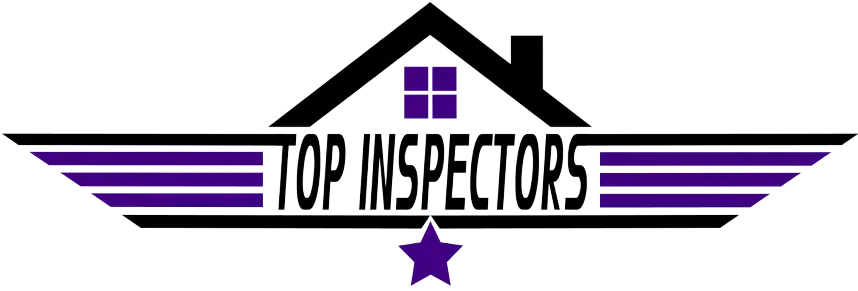Blog Posts
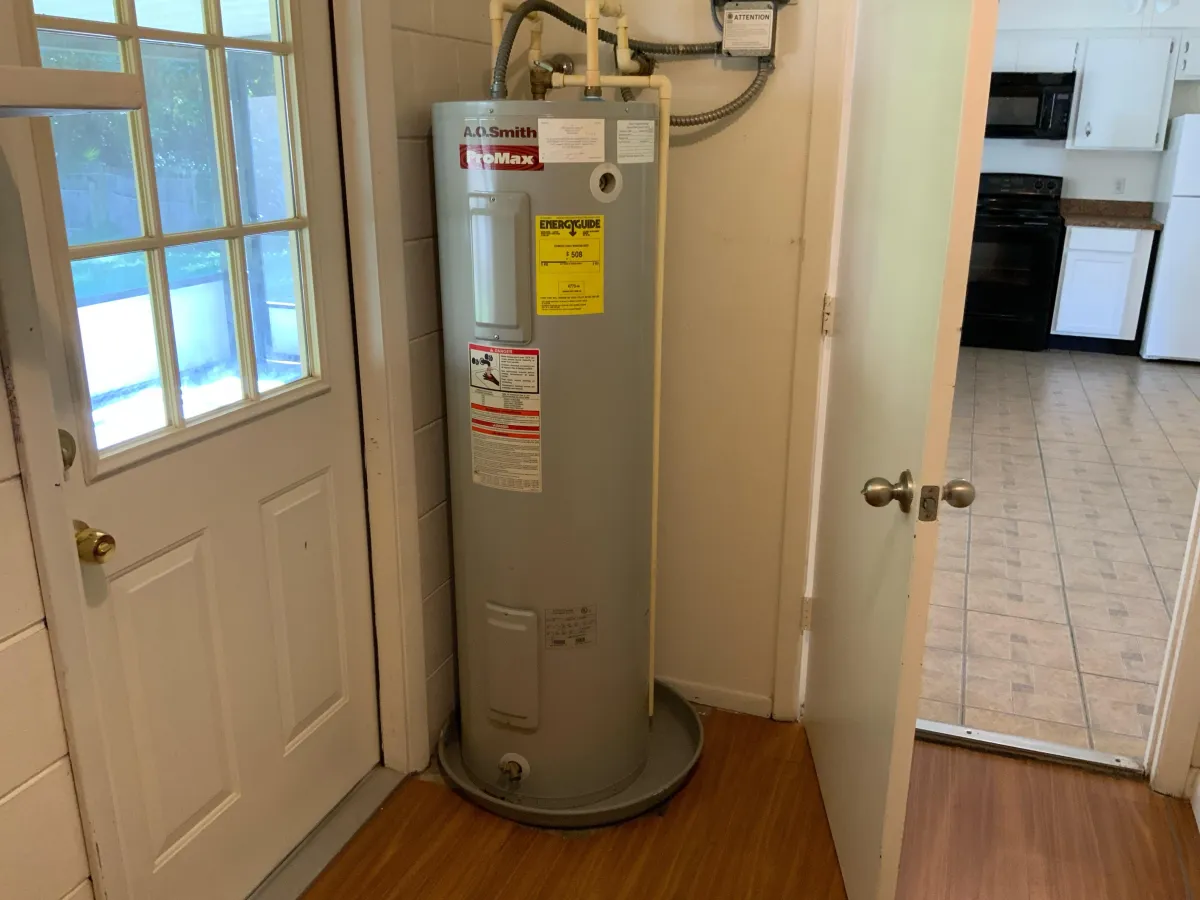
Keep Your Water Heater Running Smoothly: A Step-by-Step Guide to Flushing
Keep Your Water Heater Running Smoothly: A Step-by-Step Guide to Flushing
Is your water heater not performing as efficiently as it used to? Over time, sediment and mineral deposits can build up in the tank, hindering its performance and potentially leading to higher energy bills and a shorter lifespan. That's why regular maintenance, like flushing your water heater, is crucial to keep it running smoothly. In this guide, we'll walk you through the essential steps to flush your water heater safely and effectively, ensuring you enjoy consistent hot water and optimal efficiency.
Steps to Flush a Water Heater
1. Turn Off the Power Supply
Electric Water Heaters: Switch off the power at the circuit breaker.
Gas Water Heaters: Set the thermostat to the "Pilot" setting.
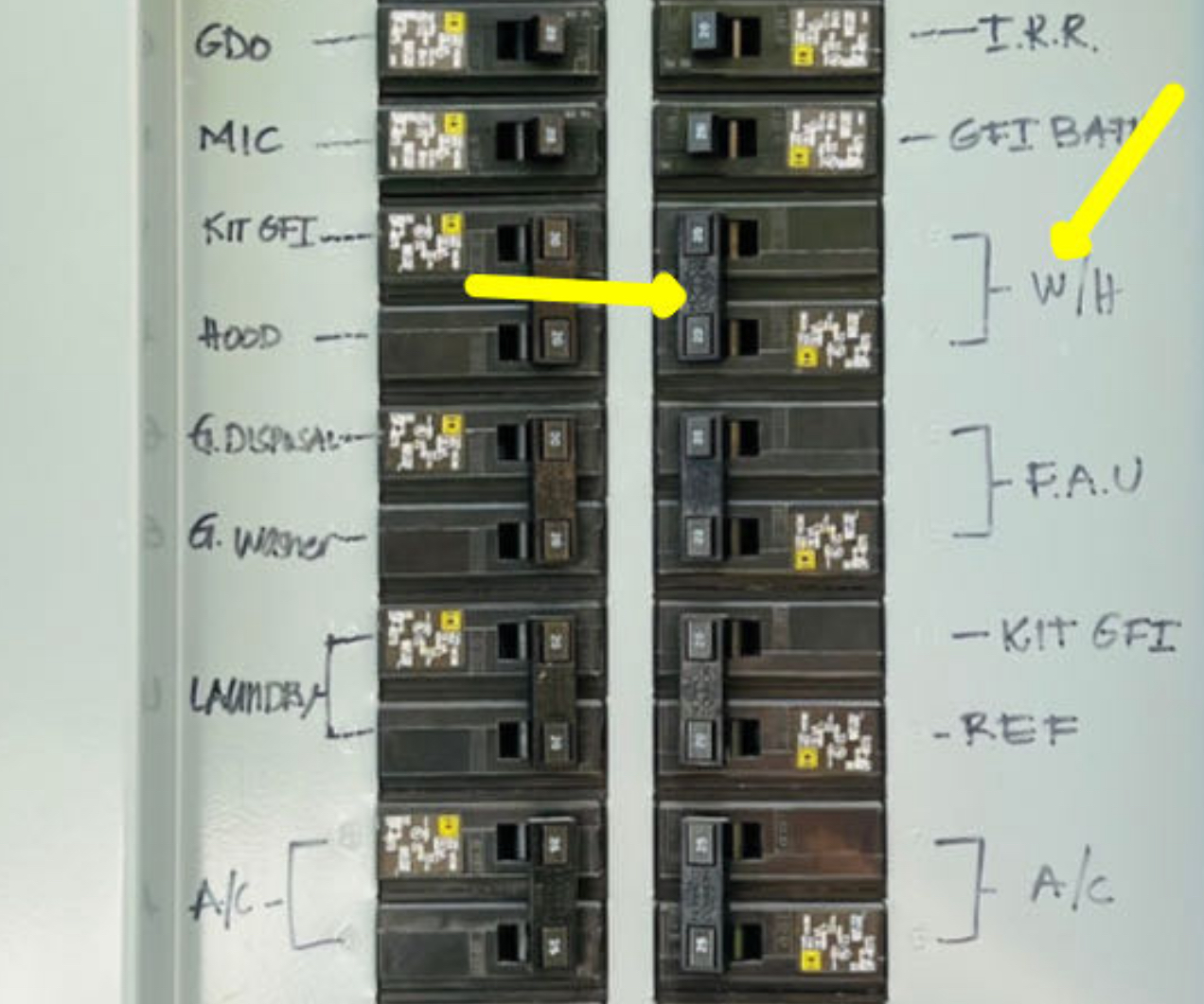

2. Turn Off the Water Supply
Locate the cold water supply valve (usually on top of the tank) and turn it off.

3. Connect a Hose to the Drain Valve
Attach a garden hose to the drain valve at the bottom of the water heater.
Run the hose to a safe drainage location, like a floor drain or outside area.
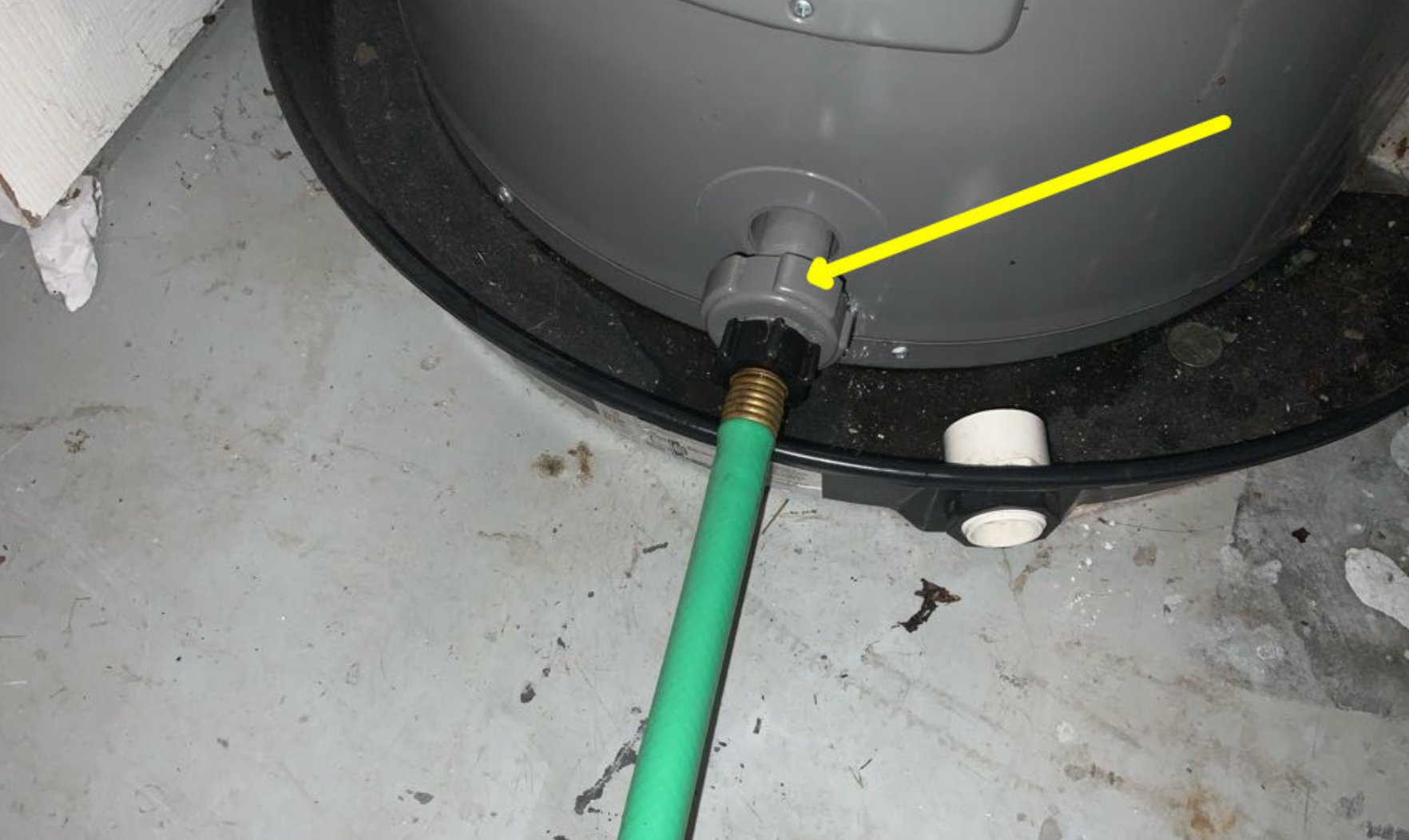
4. Open the Drain Valve
Carefully open the drain valve using a flathead screwdriver or a similar tool.
Allow the water to flow out through the hose. Be cautious, as the water may be very hot.
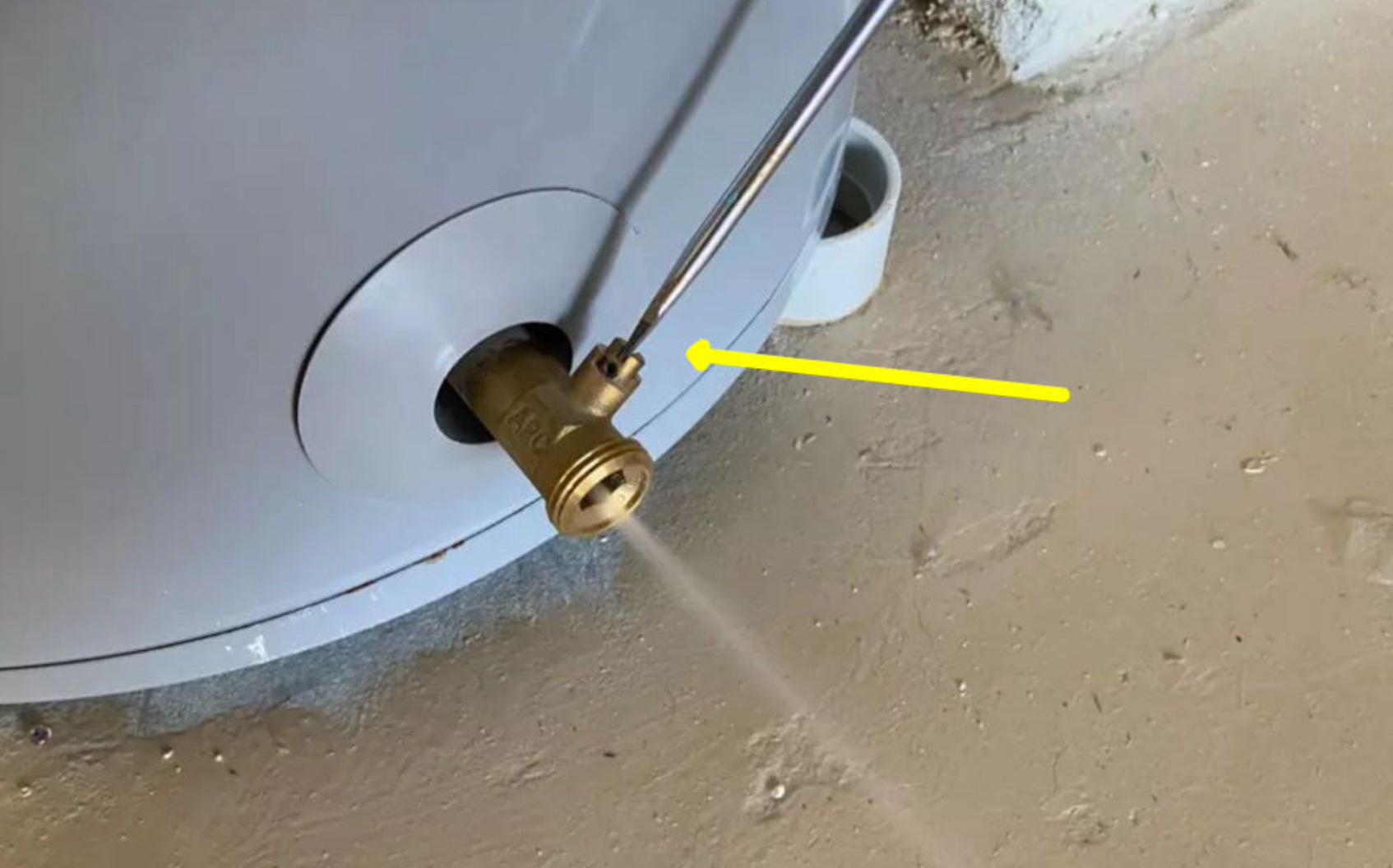
5. Open a Hot Water Faucet
Open a hot water faucet in your home. This helps air get into the tank, aiding in more efficient draining.
6. Flush the Tank
Once the tank is mostly drained, reopen the cold water supply valve for a few moments to stir up any remaining sediment at the bottom of the tank. Then let it drain out again.
Repeat this step until the water coming out of the hose is clear.
7. Close the Drain Valve and Refill the Tank
Close the drain valve and remove the hose.
Ensure the hot water faucet you opened earlier is still open.
Open the cold water supply valve to start refilling the tank.
When water starts running smoothly from the hot water faucet, close it. This indicates the tank is full.
8. Restore Power/Gas Supply
For electric heaters, turn the power back on at the circuit breaker.
For gas heaters, set the thermostat back to the desired temperature setting.
9. Check for Leaks
Inspect the drain valve and ensure it's tightly closed to prevent any leaks. Observe the overall tank for any signs of leaks or issues.
Additional Tips
Safety First: Always be cautious of hot water and steam to avoid burns. If you don't feel comfortable doing this yourself, consult a professional plumber.
Frequency: Aim to flush your water heater at least once a year, or more often if you have hard water.
Consult the Manual: Review the manufacturer's manual for any specific instructions related to your water heater model.
Taking the time to flush your water heater not only ensures you have a steady supply of hot water but also extends the life of the unit and maintains its efficiency. With just a little effort, you can avoid potential issues and costly repairs down the line. Remember, a well-maintained water heater is a key component of a comfortable and efficient home.
If you have any questions or need professional assistance, don't hesitate to reach out to Top Inspectors—your trusted experts in home maintenance and home inspections. Stay on top of your home's needs, and it will continue to serve you well!
Schedule Now
